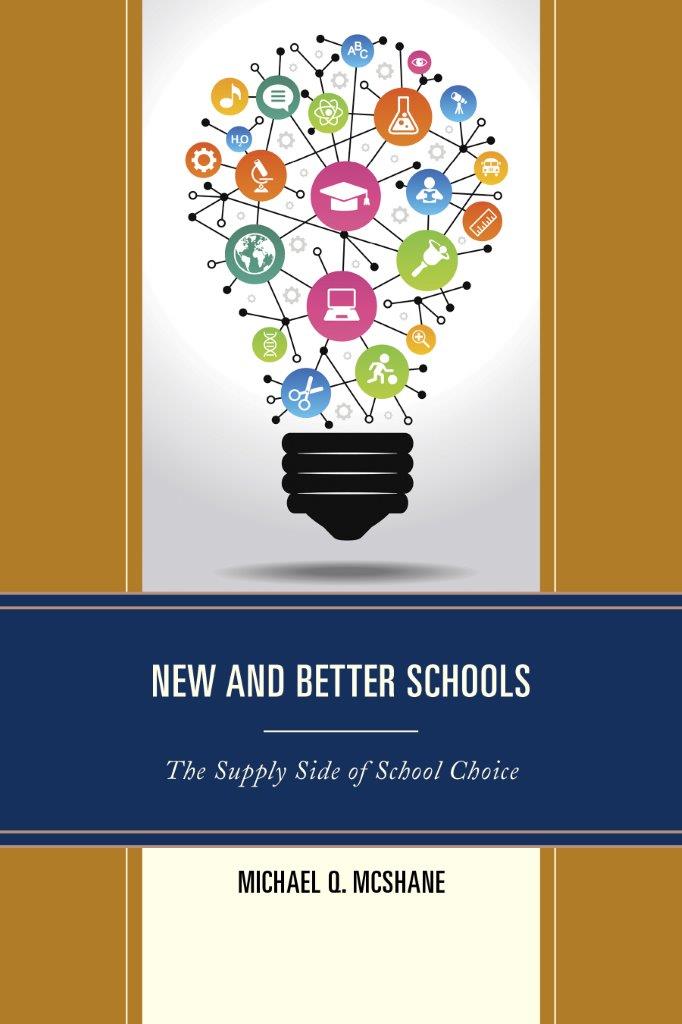New and Better Schools
New Frontiers in Education
Series Editor: Dr. Frederick M. Hess
This Rowman & Littlefield Education series provides educational leaders, entrepreneurs, and researchers the opportunity to offer insights that stretch the boundaries of thinking on education. Educational entrepreneurs and leaders have too rarely shared their experiences and insights. Research has too often been characterized by impenetrable jargon. This series aims to foster volumes that can inform, educate, and inspire aspiring reformers and allow them to learn from the trials of some of todays most dynamic doers; provide researchers with a platform for explaining their work in language that allows policymakers and practitioners to take full advantage of its insights; and establish a launch pad for fresh ideas and hard-won experience. Whether an author is a prominent leader in education, a researcher, or an entrepreneur, the key criterion for inclusion in New Frontiers in Education is a willingness to challenge conventional wisdom and pat answers. The series editor, Frederick M. Hess, is the director of education policy studies at the American Enterprise Institute and can be reached at rhess@aei.org or (202) 828-6030.
Titles in the Series
Choosing Excellence in Public Schools: Where Theres a Will, Theres a Way, David W. Hornbeck and Katherine Conner (2009)
Its the Classroom, Stupid: A Plan to Save Americas Schoolchildren, Kalman R. Hettleman (2010)
Social Entrepreneurship in Education: Private Ventures for the Public Good, Michael R. Sandler (2010)
Standing and Delivering: What the Movie Didnt Tell, Henry Gradillas and Jerry Jesness (2010)
Taking Measure of Charter Schools: Better Assessments, Better Policymaking, Better Schools, Julian R. Betts and Paul T. Hill (2010)
Working for Kids: Educational Leadership as Inquiry and Invention, James H. Lytle (2010)
From Family Collapse to Americans Decline: The Educational, Economic, and Social Costs of Family Fragmentation, Mitch Pearlstein (2011)
Teaching America: The Case for Civic Education, David J. Feith (2011)
The Urban School System of the Future: Applying the Principles and Lessons of Chartering, Andy Smarick (2012)
Blueprint for School System Transformation: A Vision for Comprehensive Reform in Milwaukee and Beyond, Frederick Hess and Carolyn Sattin-Bajaj (2013)
Breaking the Cycle: How Schools Can Overcome Urban Challenges, Nancy Brown Diggs (2013)
New and Better Schools
The Supply Side of School Choice
Michael Q. McShane
ROWMAN & LITTLEFIELD
Lanham Boulder New York London
Published by Rowman & Littlefield
A wholly owned subsidiary of The Rowman & Littlefield Publishing Group, Inc.
4501 Forbes Boulevard, Suite 200, Lanham, Maryland 20706
www.rowman.com
Unit A, Whitacre Mews, 26-34 Stannary Street, London SE11 4AB
Copyright 2015 by Michael Q. McShane
All rights reserved. No part of this book may be reproduced in any form or by any electronic or mechanical means, including information storage and retrieval systems, without written permission from the publisher, except by a reviewer who may quote passages in a review.
British Library Cataloguing in Publication Information Available
Library of Congress Cataloging-in-Publication Data
Library of Congress Cataloging-in-Publication Data Available
ISBN 978-1-4758-1437-8 (cloth : alk. paper) -- ISBN 978-1-4758-1438-5 (pbk. : alk. paper) -- ISBN 978-1-4758-1439-2 (electronic)
 TM The paper used in this publication meets the minimum requirements of American National Standard for Information Sciences Permanence of Paper for Printed Library Materials, ANSI/NISO Z39.48-1992.
TM The paper used in this publication meets the minimum requirements of American National Standard for Information Sciences Permanence of Paper for Printed Library Materials, ANSI/NISO Z39.48-1992.
Printed in the United States of America
To Karen, you make me new and better every day.
Acknowledgments
On January 29, 2014, we convened a public research conference at the American Enterprise Institute (AEI) to examine a seemingly straightforward question: how do we encourage the creation of new and better schools? On that day, a lively conversation ensued that showed just how complicated answering that question is. How does funding affect the supply of schools? How do schools get the teachers and leaders they need to thrive? How do we regulate new schools without stifling their ability to innovate? This book is the result of that conversation and is an attempt to answer many of these vital questions.
The authors are a mix of practitioners and researchers who each bring a unique perspective to the question at hand. They endeavored to both document the hurdles that policy makers and school leaders face in attempting to create a functioning marketplace as well as offer ways forward to help grow the supply of high-quality schools.
I am indebted to all of those who have been involved in this project and pushed our thinking on these ideas, but we would like to especially thank the following discussants for providing outstanding and concentrated feedback during that conference: Kara Kerwin of the Center for Education Reform, Tiffany Forrester of the Black Alliance for Educational Options, Matthew Chingos of the Brookings Institution, and Robert Enlow of the Friedman Foundation for Educational Choice.
I am also indebted to the steadfast support provided by AEI and its president, Arthur Brooks. The work of Rick Hess, Director of Education Policy Studies at AEI, provides much of the intellectual foundation for this work, and his guidance throughout the process proved invaluable. The Walton Family Foundation generously provided financial support for this project, and I am deeply grateful for their involvement and encouragement throughout the process.
I would also like to thank the terrific staff at AEI, especially Max Eden for his work managing and overseeing this project and coordinating the conference, Brendan Bell for meticulously formatting the chapters for publication, Lauren Empson for her efforts in promoting the conference, and Daniel Lautzenheiser, Taryn Hochleitner, and KC Deane for their vital assistance. Finally, thanks to the Rowman and Littlefield team, particularly our editor Tom Koerner, who offered skillful and timely guidance throughout the course of this project.
Chapter 1
School Choice: Encouraging New and Better Schools
Michael Q. McShane
America is another name for Opportunity, Ralph Waldo Emerson is quoted as saying. From the time of this nations founding, the persistent belief that ours is a land where people can set their own course, determine their own destiny, and pursue happiness as they define it has shaped American society. It is what brought millions of immigrants to our shores searching for a better life, and it is the guiding star as our nation works to improve the quality of life of all of its citizens.
Education is a cornerstone of American opportunity. Even crude looks into employment, earnings, and civic engagement data will show that increasing levels of education are positively correlated to favorable life outcomes. For one snapshot example, the Bureau of Labor Statistics compiled the unemployment rates and median weekly earnings of Americans by education level for the year 2012. Those with a bachelors degree, on average, posted a 4.5 percent unemployment rate and a median weekly earnings rate of $1,066.
Those with only a high school diploma saw an 8.3 percent unemployment rate and weekly earnings of only $652, while those who had not completed high school saw 12.4 percent unemployment and $471 in median weekly earnings.


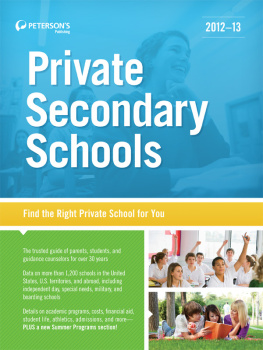
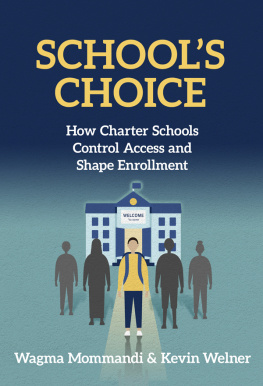
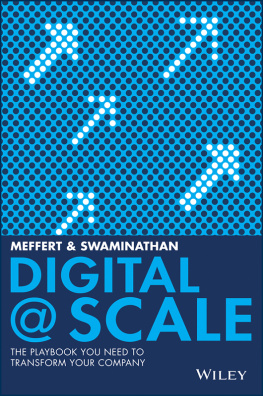
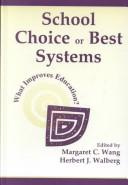
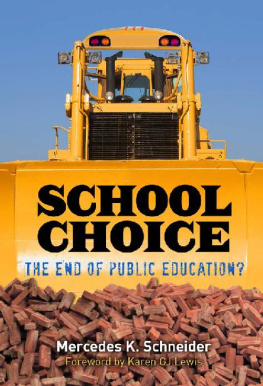
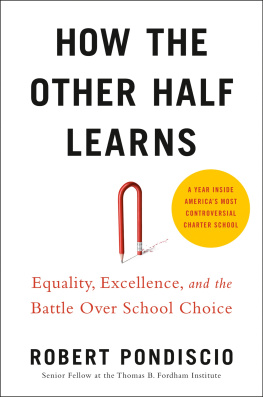
 TM The paper used in this publication meets the minimum requirements of American National Standard for Information Sciences Permanence of Paper for Printed Library Materials, ANSI/NISO Z39.48-1992.
TM The paper used in this publication meets the minimum requirements of American National Standard for Information Sciences Permanence of Paper for Printed Library Materials, ANSI/NISO Z39.48-1992.